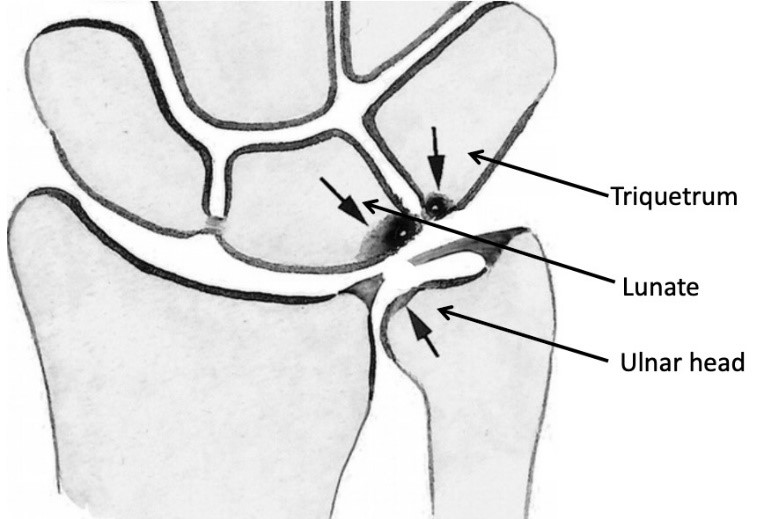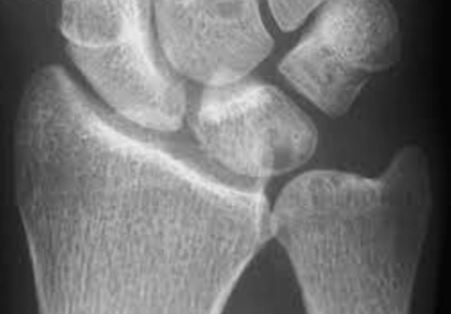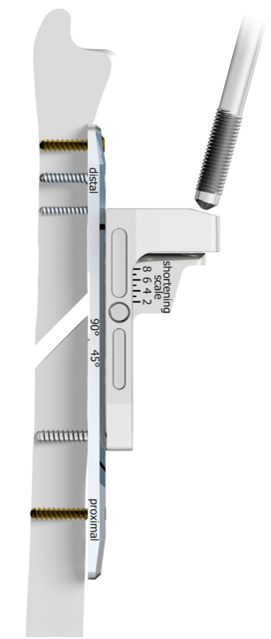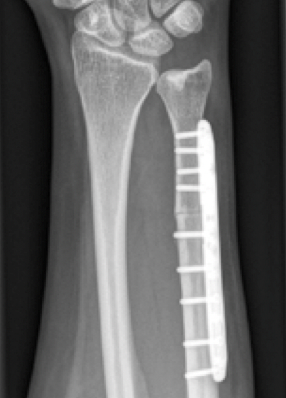Ulnocarpal abutment / impaction syndrome
What is ulnocarpal abutment/impaction syndrome?
Ulnocarpal abutment/impaction syndrome results from the ulnar bone “knocking” against the lunate bone. “abut” means “to rub against”. Pain usually occurs with ulnar deviation of the wrist or loading of the wrist in this position. It can develop following a fall or with repetitive tasks e.g. Hammering. This issue is more likely if the ulnar bone is relatively longer than radius. It can also occur if the radius bone has been shortened by a fracture.


How is it diagnosed?
The combination of symptoms, medical history, wrist examination and x-ray are used to diagnose ulnocarpal abutment. The x-ray images may show that the ulnar bone is relatively longer than the radius either due to the person’s normal anatomy or due to a previous radius fracture. There may be small cysts in the ulnar head or lunate. MRI may be required if plain x-rays are unhelpful. These will usually show a central tear of the triangular fibrocartilage as a result of the impaction. The central tear rarely needs any treatment itself because it is not the cause of the pain.
How is it treated?
Non-operative management is usually the first option unless there is a marked difference between the length of the radius and ulna. This may include splinting, reducing aggravating activities, steroid injection and hand therapy.
Surgery called “ulnar shortening osteotomy” may be required. This procedure involves removing several millimetres of bone from the ulna to make it shorter and applying a plate to hold the bone in position while it heals. It is performed as a day surgery under general anaesthetic


What is the recovery?
2 weeks: Return for removal of bandages, splint applied. Recommence driving.
6-8 weeks: Bone healed. Splint removed. Strengthening exercises
4 months: Normal function
What are the possible complications/risks?
- Infection (1%)
- Non-union – bone not healing and needing further surgery & bone graft.
- Removal of plate – 25% of patients will find the plate uncomfortable and have it removed.

